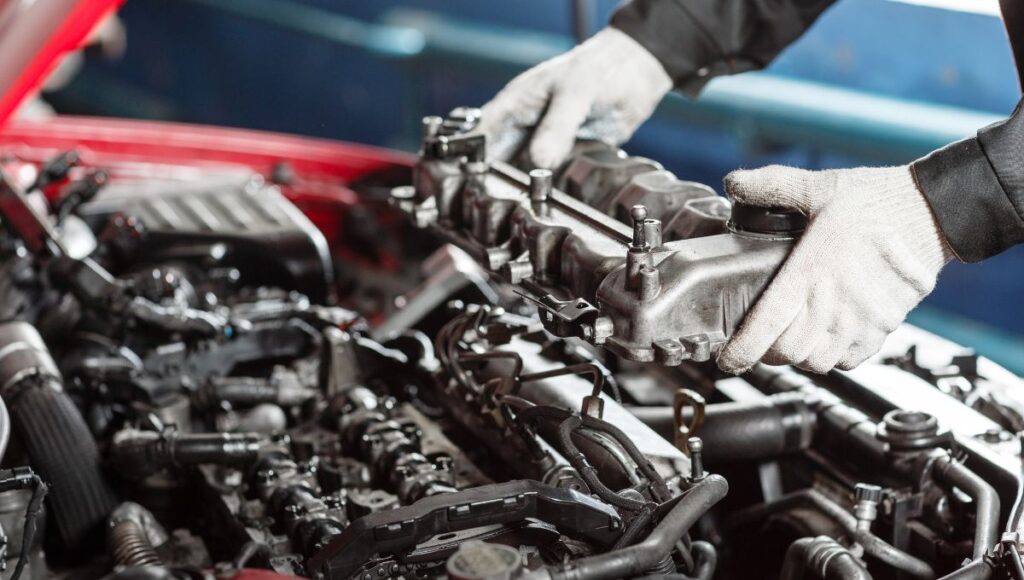
Diesel engines can be some of the most durable, reliable, and long-lasting machines on the market with frequent care. They have incredible fuel economy, and it’s easy to identify and repair problems. Because they require rebuilding after a while, you should know why it’s important to break in a diesel engine. This vital step can help you get the most out of your new parts.
What Does Breaking In Mean?
Breaking in an engine means you’re running it in a safe environment after rebuilding it to make sure everything works. This process gives the new parts a chance to mesh with current parts and allows you to monitor them and make necessary adjustments. Many drivers prioritize this step because it’s safer than conducting a test drive where you risk something going wrong on the road.
How Do You Break In an Engine?
The best way to break in a diesel engine is to disconnect it from your block and run it independently of your vehicle or equipment. Run it on high settings to ensure it can withstand high-stakes conditions. One helpful tip for breaking in a rebuilt diesel engine is to check for any leaks or if grinding parts need adjusting.
What Happens If You Don’t?
Failure to break in a diesel engine can lead to many problems that range in severity. In some cases, your parts may not connect, which makes your engine exert more energy to operate. In this case, you may notice negative side effects like reduced fuel efficiency or a loss of oil. In serious situations, your engine may not last as long, and parts can wear down faster than they should. This process can make upcoming repairs a lot more expensive, so it’s important to break in a diesel engine. You want to get the most mileage out of your equipment, which you can do by following these vital safety measures.

